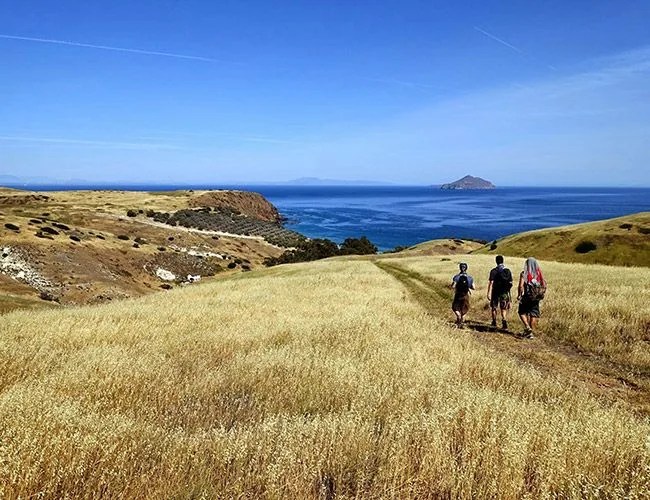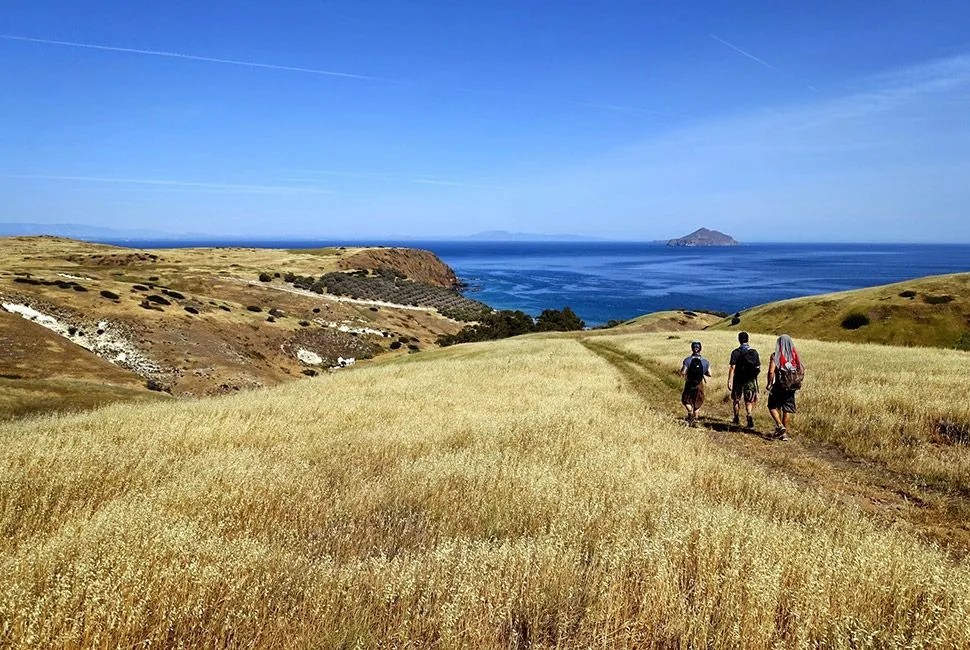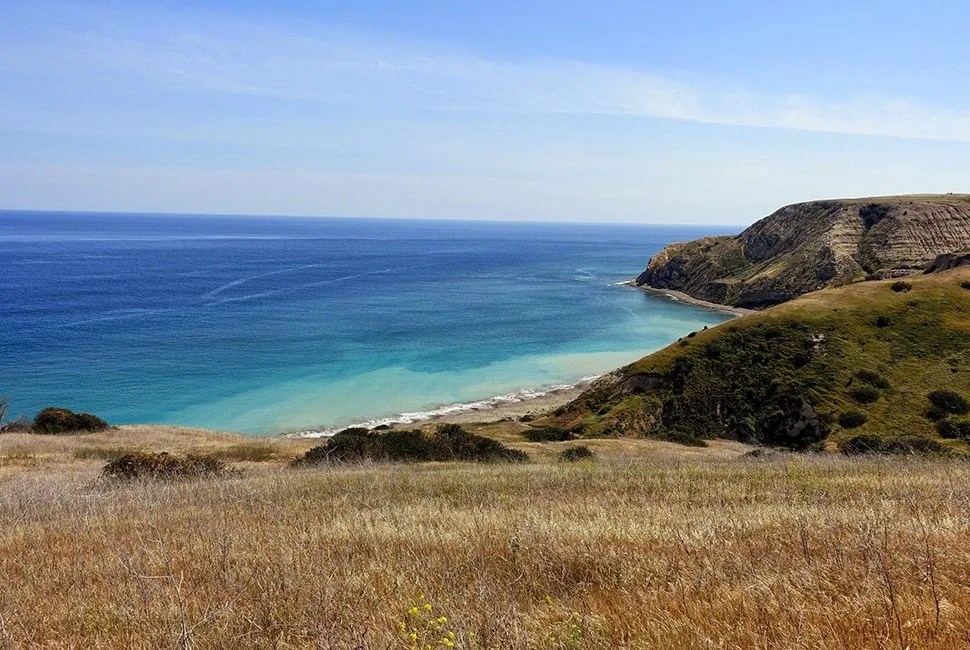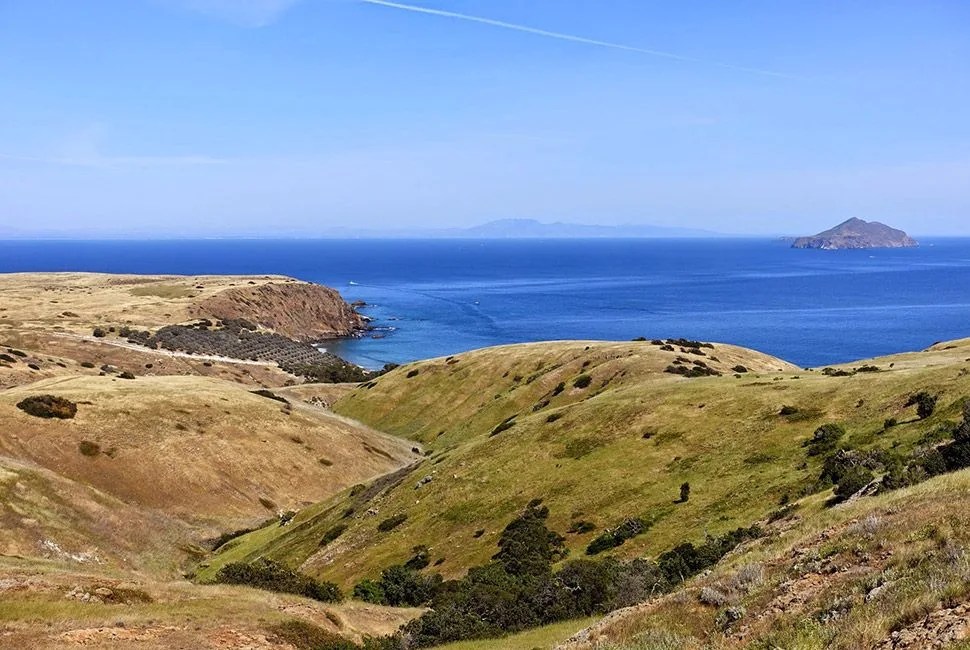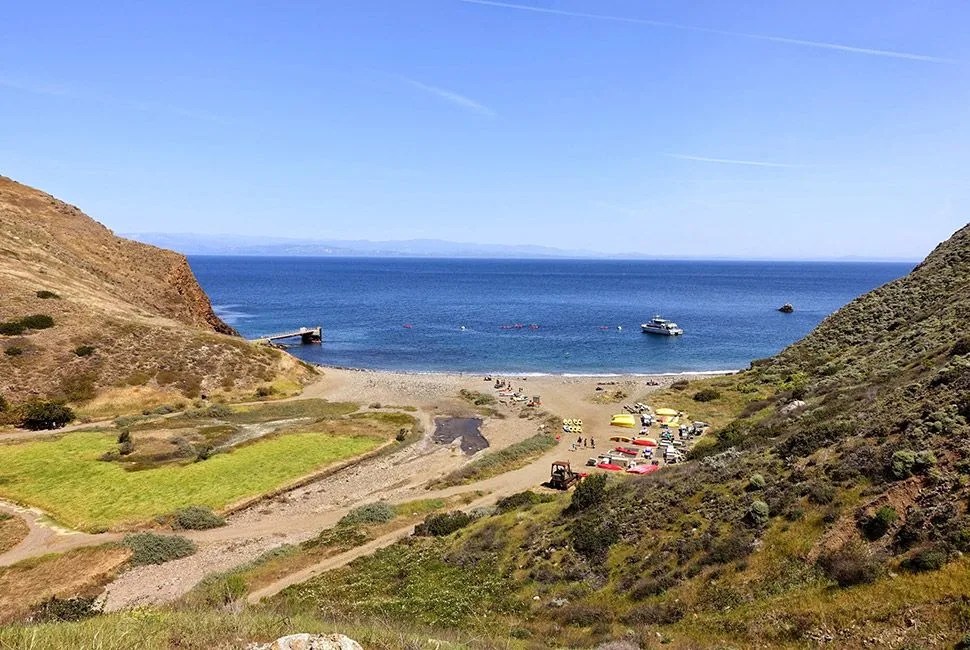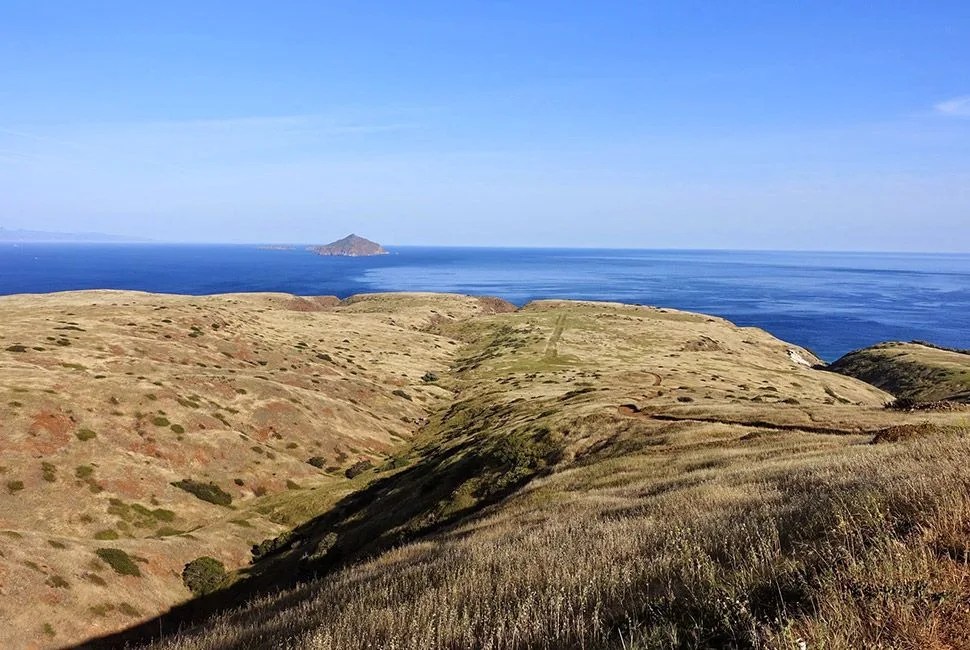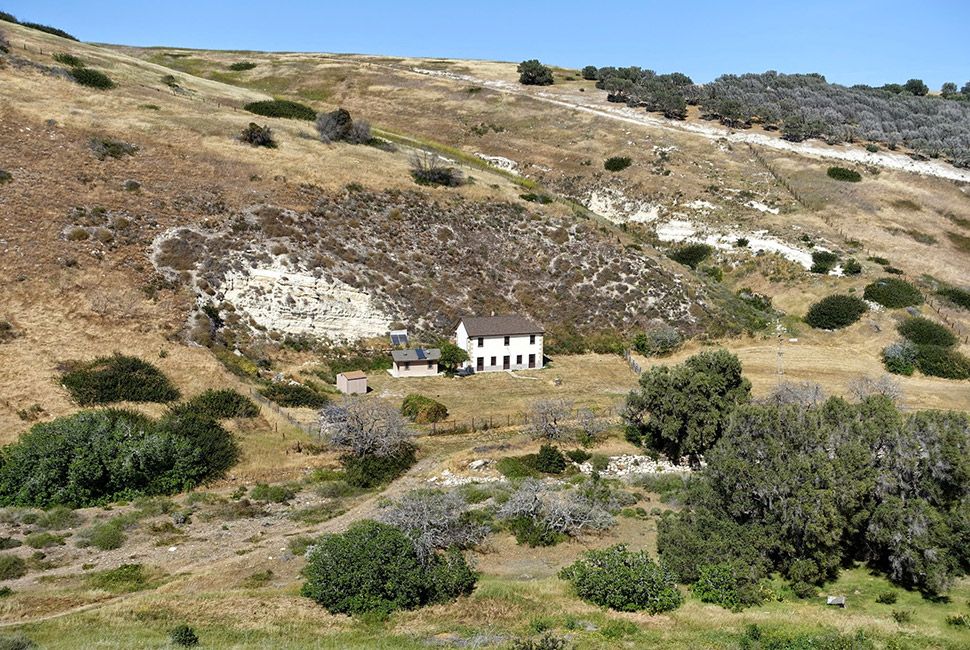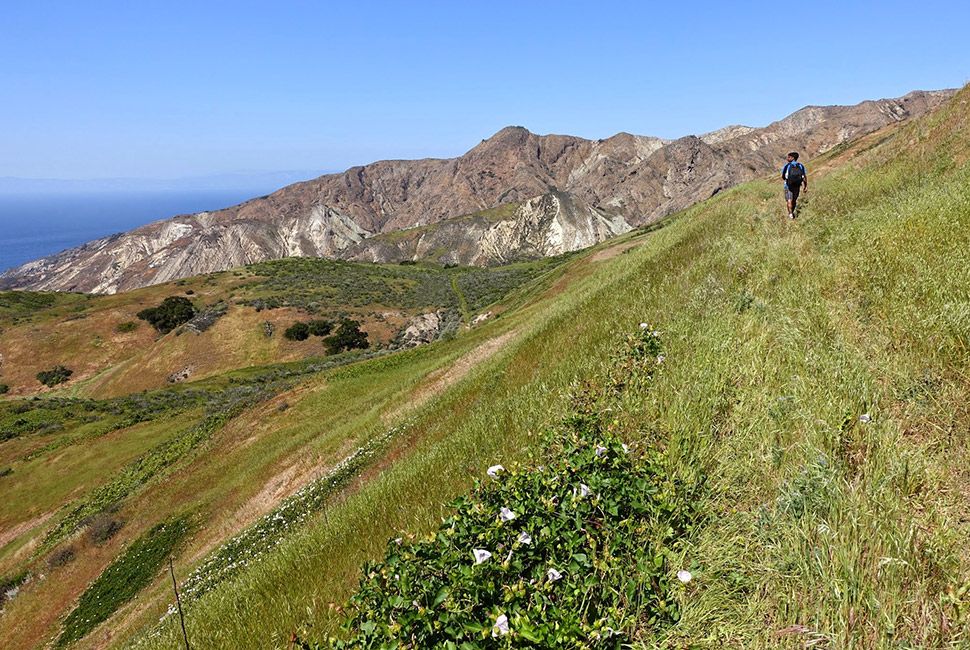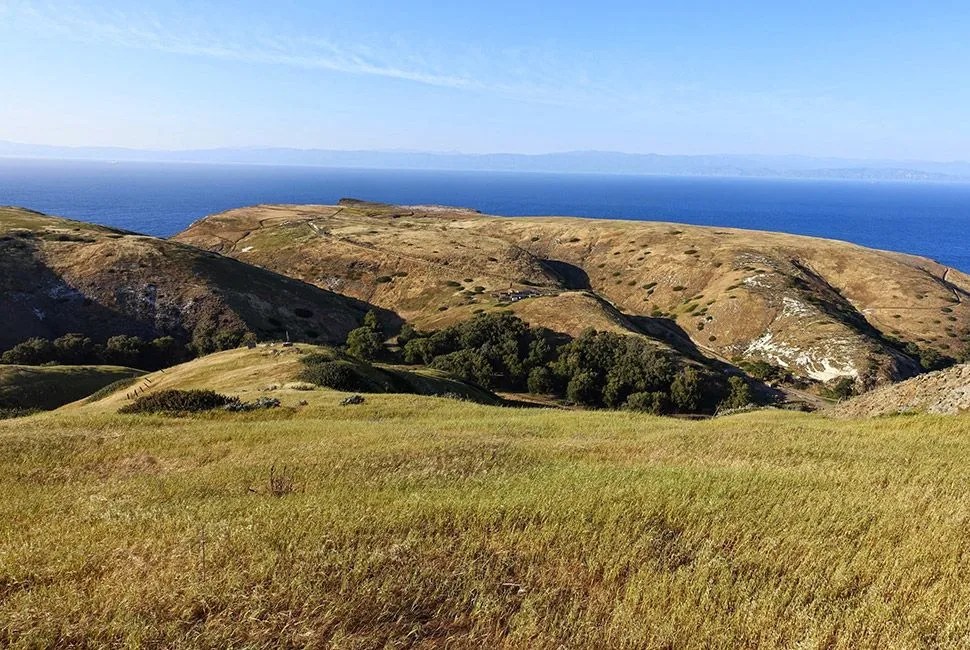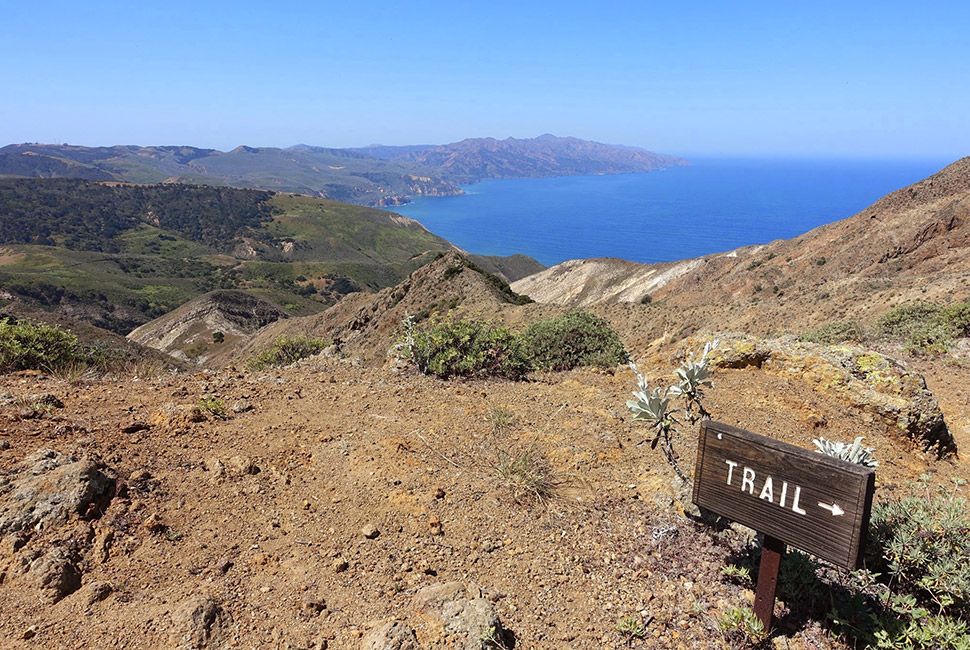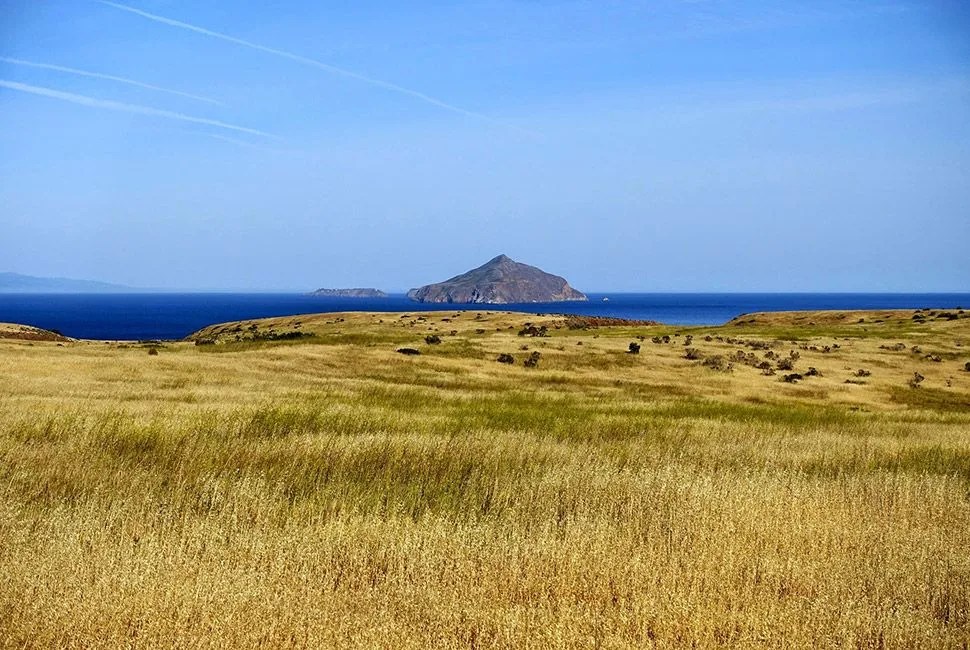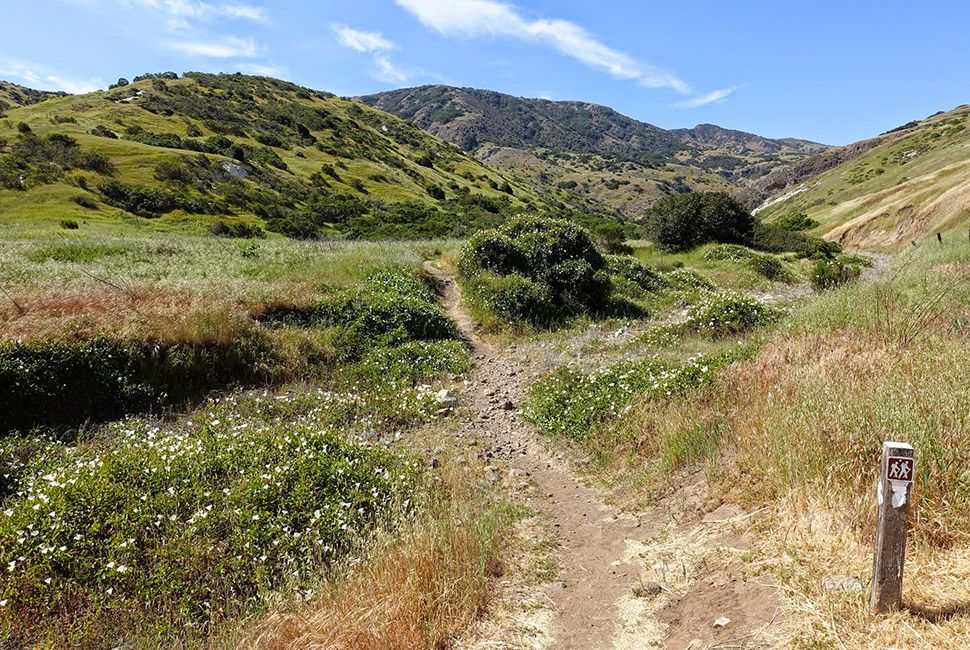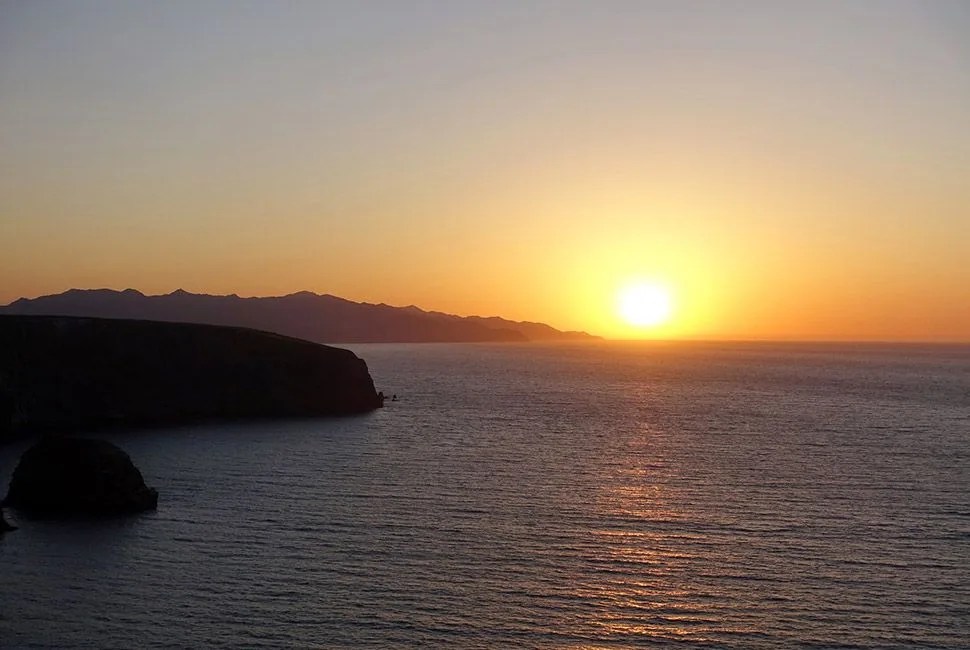14 photos
ROAD N✍TES
Editor’s Note: Think you’ve got the National Parks figured out? World traveler Will McGough is here to prove you wrong with one of the four that exist outside of the continental US, Alaska and Hawaii.
There are a lot of surprising accolades we can come up with about our country’s 59 National Parks. We can marvel at how the biggest, Wrangell–St. Elias in Alaska, is larger than nine of the fifty states. We can consider why Great Smoky Mountains National Park in Tennessee and North Carolina was the most trafficked National Park last year with more than 10 million visitors – double the 5 million that stepped foot in the second-most visited, Grand Canyon National Park in Arizona. We can talk about all the parks individually and celebrate how lucky we are to live in a country that has made a commitment to preserving our open spaces.
Well, how about this for happy hour trivia: 14 national parks exist outside of the continental United States, but when you exclude the 10 that call Alaska and Hawaii home, you’ll find that an exotic final four emerge, parks whose location separate them almost entirely from the 50 states. There’s Virgin Islands National Park in St. John, Dry Tortugas National Park off the coast of Florida in the Keys, American Samoa National Park way down in the South Pacific, and the one from which I am writing, Channel Islands National Park, 20 miles off the coast of central California.
If You Go
Island Packers is the official concessionaire of Channel Islands National Park and the only public ferry that runs between the islands and the mainland. Cost for a roundtrip ticket is $79 for campers headed to Santa Cruz. Prices to other islands vary slightly. Reservations for campsites must be made in advance. On Santa Cruz, you can choose between Scorpion Ranch campground (half-mile hike from Scorpion Bay ferry stop, water available) or Del Norte near Prisoner’s Harbor (3.5-mile hike from Prisoner’s Harbor ferry stop, no water available).
A chain of five islands that sit out across the Santa Barbara Channel from Ventura, the Channel Islands are easily visible from the mainland and accessible via a one-hour ferry that shoves off from Ventura Harbor. The largest island, Santa Cruz, is 96 square miles. This is where I am camped, in a grove of Eucalyptus trees at Scorpion Ranch. Lord knows there’s a need for shade in this neck of the woods. Yesterday, as I crossed the foothills to a place called Smuggler’s Cove, the ground under my boot was so dry that it looked like cracked asphalt. Brown, dead grass occupied some of the cracks; the rest stood out like spider veins upon Mother Earth’s skin. The torched earth serves as a sign that the Park has not escaped the drought currently plaguing the California mainland across the channel.
Yet, on that same hike, when I lifted my head and directed my eyes upward from the splitting soil, I saw signs of recent rain – patches of blooming wildflowers and green meadows – that suggested a slightly different climate than the mainland. It contrasted beautifully with the crisp sea air and clear blue sky, and it really made me notice the island’s crammed-together microclimates. Sprinkled throughout the island are pockets of growth, including tall grass fields, healthy pine forests, and olive tree groves. When you climb to the top of Montanon Ridge, it is easy – and breathtaking – to see the green patches dotting the hillsides when you look east back towards Scorpion Ranch and Smuggler’s Cove. Look west and you’ll see the lush China Pine Forest on the eastern slope of the next ridge, and beyond that the endless coastal coves that give a minor, albeit muted reminder of the Na Pali Coast in Hawaii.
